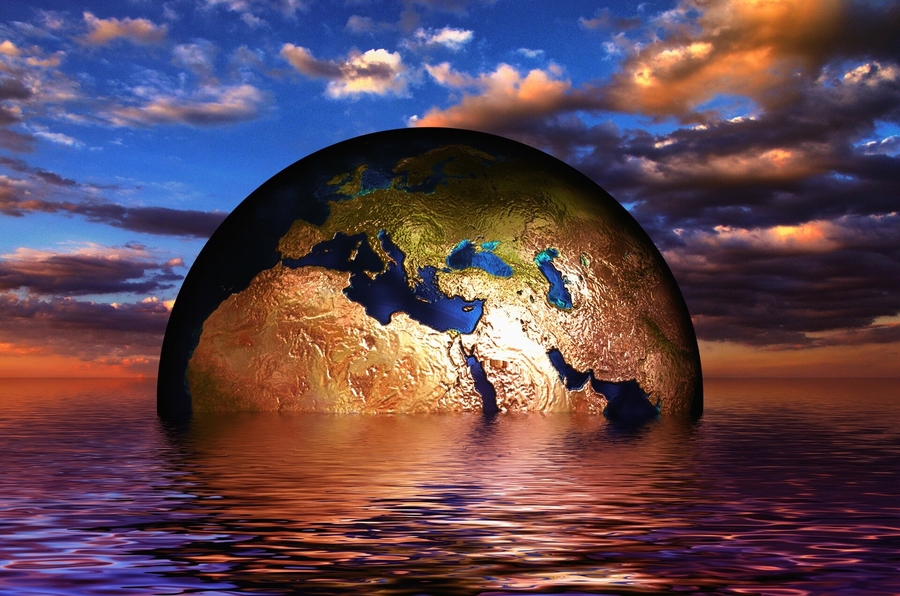Climate change in some of the world’s largest economies could cause $5.6 trillion in losses to the global economy by 2050, warns a new report by engineering and environmental consultancy firm GHD.
This year heavy rains have triggered floods that inundated cities in China and South Korea and disrupted water and electricity supply in India, while drought has put farmers’ harvests at risk across Europe.
Such disasters are costing economies hundreds of billions of dollars. Last year’s extreme droughts, floods, and storms led to global losses of more than $224 billion, according to the Emergency Events Database maintained by the Brussels-based Centre for Research on the Epidemiology of Disasters.
In the United States, losses could total $3.7 trillion by 2050, with U.S. gross domestic product shrinking by about 0.5 percent each year up until then. Meanwhile, China faces cumulative losses of around $1.1 trillion by mid-century.
Of the five business sectors most vital to the global economy, manufacturing and distribution would be hit hardest by disasters costing $4.2 trillion as water scarcity disrupts production while storms and floods destroy infrastructure and inventory.
The agricultural sector, vulnerable to both drought and extreme rainfall, could see $332 billion in losses by 2050. Other sectors facing major challenges are retail, banking, and energy.
In 2021 alone, natural disasters caused $252 billion of economic damage worldwide, a 47 percent increase from 2020 and 66 percent above the average over the past two decades, according to the Emergency Events Database, which is maintained by the Centre for Research on the Epidemiology of Disasters.
Economic losses from these weather-related disasters increased sevenfold from the 1970s through 2019 as well, according to the United Nations. In 1970, the daily global economic impact from weather-related disasters was roughly $49 million. By 2019, that figure hit $383 million.








